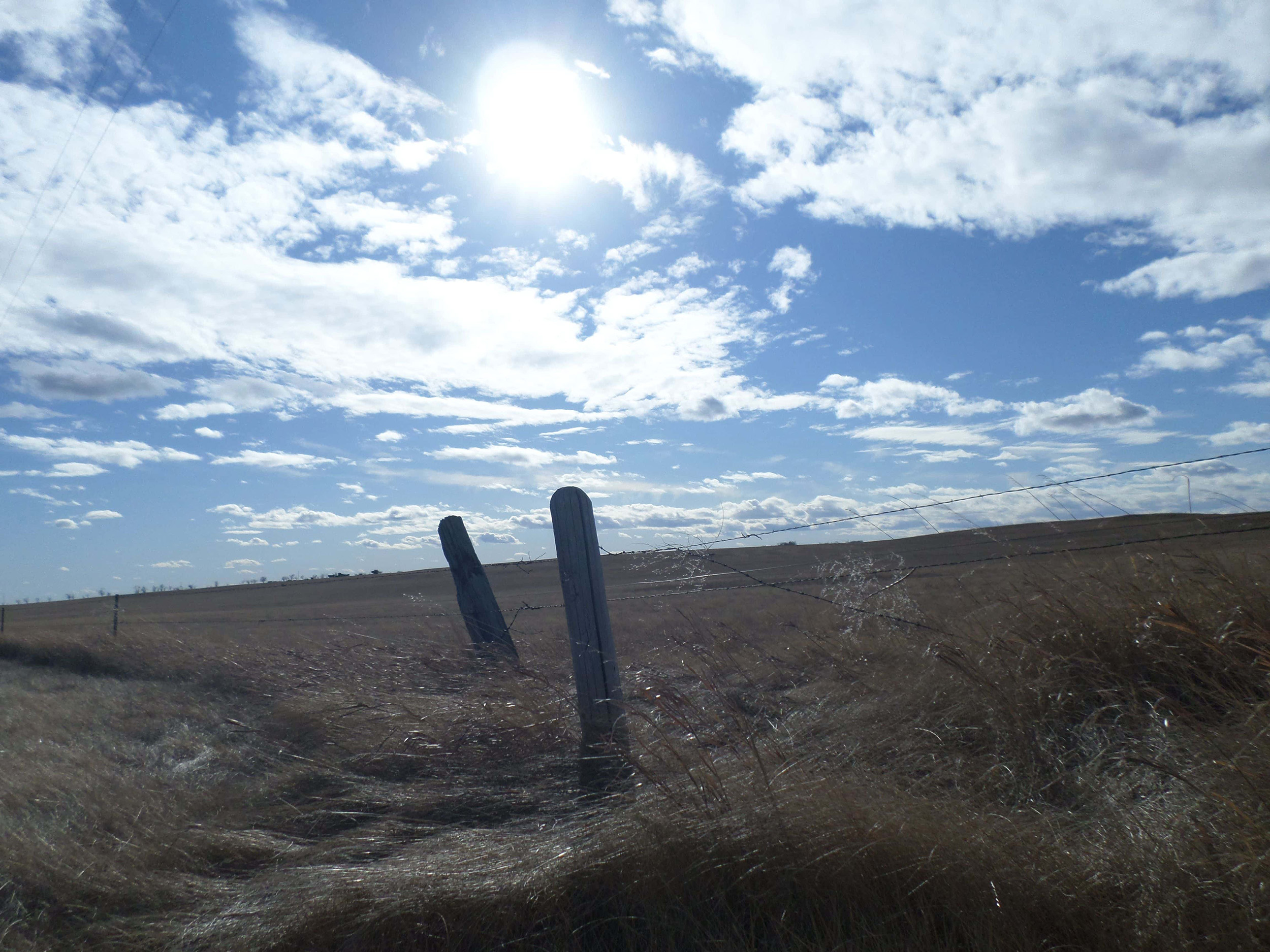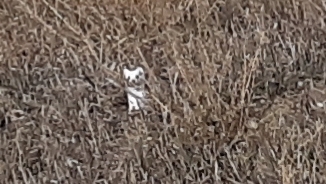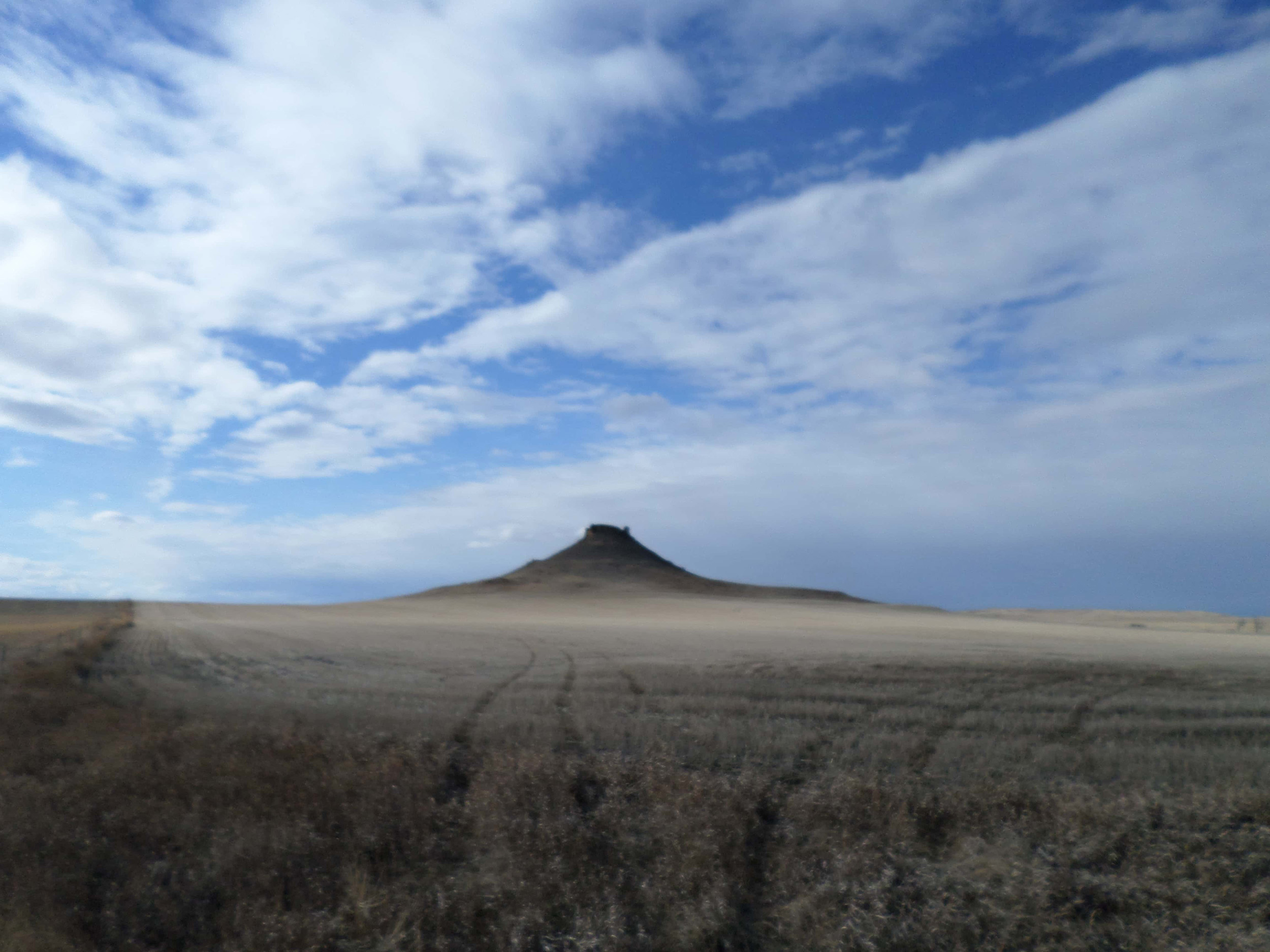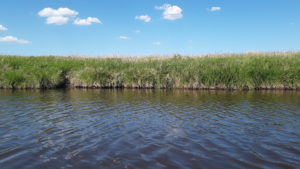Sorry for the absence. I’ve been both busy and not busy. Spring is a strange time here in the Plains. It has been dry and cold this spring, usually, it would be wetter, as in snowfall. Late winter/early spring snowstorms are not uncommon and planting generally doesn’t happen until close to Memorial Day here. We are behind in precipitation, but it was still cold. It has been a time for the religious celebrations of Lent, Easter and The Assumption. All very big deals in the communities here, where religion bound people together through many hardships. But nothing much else happens socially until Memorial Day and after. Which, in coming blogs, I will certainly share here.
There are of course proms, graduations, and commencements. I was at the Heritage Center in Bismarck for the day and, as I exited, I saw a prom group with the young men all dressed up and looking good. I noticed they had sideburns and their hair all gelled up in ducktails. Memories of my grandfather and a product called Brylcreem (“a little dab will do ya!”) surfaced, and I seriously wondered if that style was coming back, then I saw the group’s vehicles – 1950’s vintage cars, and I understood. That is the level of excitement going on right now.
Who walks across North Dakota?
In 2011 five young friends walked from Montana to Bismarck, and in 2013 two of the original group finished the leg from Bismarck to the Red River border with Minnesota.
The Walk Across North Dakota (aka “the WAND”)
Apparently, Eric Sevareid thought of North Dakota as “a large, rectangular blank spot in the nation’s mind.”
I’ve just finished a book about a hiking adventure, embarked by 5 young, native North Dakotans (Jeremy Bold, Tyler Bold, Bruce Ringstrom, Gwen Holberg, and Richard Holberg), that chronicles their journey to walk North Dakota starting at the Montana border and ending at the Eastern edge of the state in Fargo. It is a strange, yet for me, readable mixture of travelogue and personal essay. Chronicling the route they chose, which follows close to I-94 across the state, it is less about the physical hike itself. Instead, it deals with how they try to learn more about themselves by experiencing their state up close and personal, literally step by step.

I enjoyed the read despite a lack of detail about what they see on the walk. I have hiked myself, though not the length of their longest stretches, and I appreciate the fact that someone can walk a long way, find some personal satisfaction and reflection and not go all Naturalist John Muir about sharing that experience. The group references the above quote by Eric as the mantra that their journey attempts to disprove. Well, Mr. Sevareid was fairly accurate about the shape, and at ground level there are not a lot of trees, save for “shelterbelts”: I would call them windbreaks, which are lines of trees and shrubs planted intentionally to prevent soil erosion and also reduce blowing snow. Most of them were planted after the 1930’s Dustbowl, but more modern plantings now also use huge swathes of lilac bushes that grow enormously tall, and in just the right time in late spring the air is filled with lilac perfume.
But back to the book, I enjoyed the personal reflections, and frankly the dedication to spend their time doing this walk. It is a long hard, hot walk in basically a straight 400-mile line. They include some observations on flora and fauna, with embedded micro-essays where they support what they experienced with some hard statistics and grounded writing. I suspect because they grew up in North Dakota the scenery sometimes fell into the category of “this is what I see all the time since childhood”. For my husband and I, though, even the most mundane sights can be spectacular and evoke in us a sense of wonderment and speculation. Even when we are wrong it can be exciting. For example, once we were driving past a field on I-94 west of Bismarck and mistook a field of pre-bloom sunflowers as a field of flax, (at a distance and scale, the newly sprouted sunflower plants showed a blueish-green).

Original haikus by the hikers head each log, and there are also maps of their journey. The book included lists of interesting things encountered on their walk, which prompted me to start my own list of wonderful things I’ve seen since moving here: buffalo, a badger by the side of a country road, prairie dogs, countless gophers, a weasel in its winter coat (again alongside a country road), sunflower fields by the mile, and wind blowing immense swathes of grass in such a way that that it looks like the undulations of waves rippling on the ocean.
I liked the book and am glad I read it, but it is not for everyone. Another book I’ve recently read – Scoria Roads: Twenty Houses in Twenty-One Years by Norma Thorstad Knapp, a memoir about growing up in western ND in the 1950s & 60s – has also added to my understanding of North Dakota by the people who grew up here and hold North Dakota in some part of their heart.
In my next blog, I will talk about our DRAMA IN REAL LIFE and the experience of wildfires in the Great Plains.





